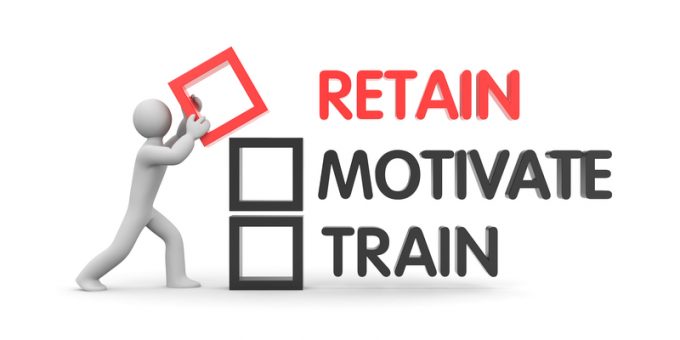Worker shortages won't be solved by more pay, a career path is key
Labour shortages present one of the biggest threats to the logistics sector, but more pay ...

During the recent Cargo Facts Asia conference, one airline executive stated: “Airlines are responsible for the problems in ground handling. Handlers have simply been squeezed too much by the airlines… ground handling operations are now one of the best opportunities for service improvements in the air freight industry. Part of the problem is the vicious cycle of low-wages, poor benefits and worker retention.”
This low worker retention rate does not only affect the cargo handler, but its clients (airlines), the clients ...
Volcanic disruption at Anchorage could hit transpacific airfreight operations
Macron calls for ‘suspension’ – CMA CGM's $20bn US investment in doubt
Forwarders stay cool as US 'liberation day' tariffs threaten 'global trade war'
Shippers snap up airfreight capacity to US ahead of tariff deadline
De minimis exemption on shipments from China to the US will end in May
Tighter EU import requirements proving 'a challenge' for forwarders
Looming Trump tariffs will create 'a bureaucratic monster' for Customs

Comment on this article